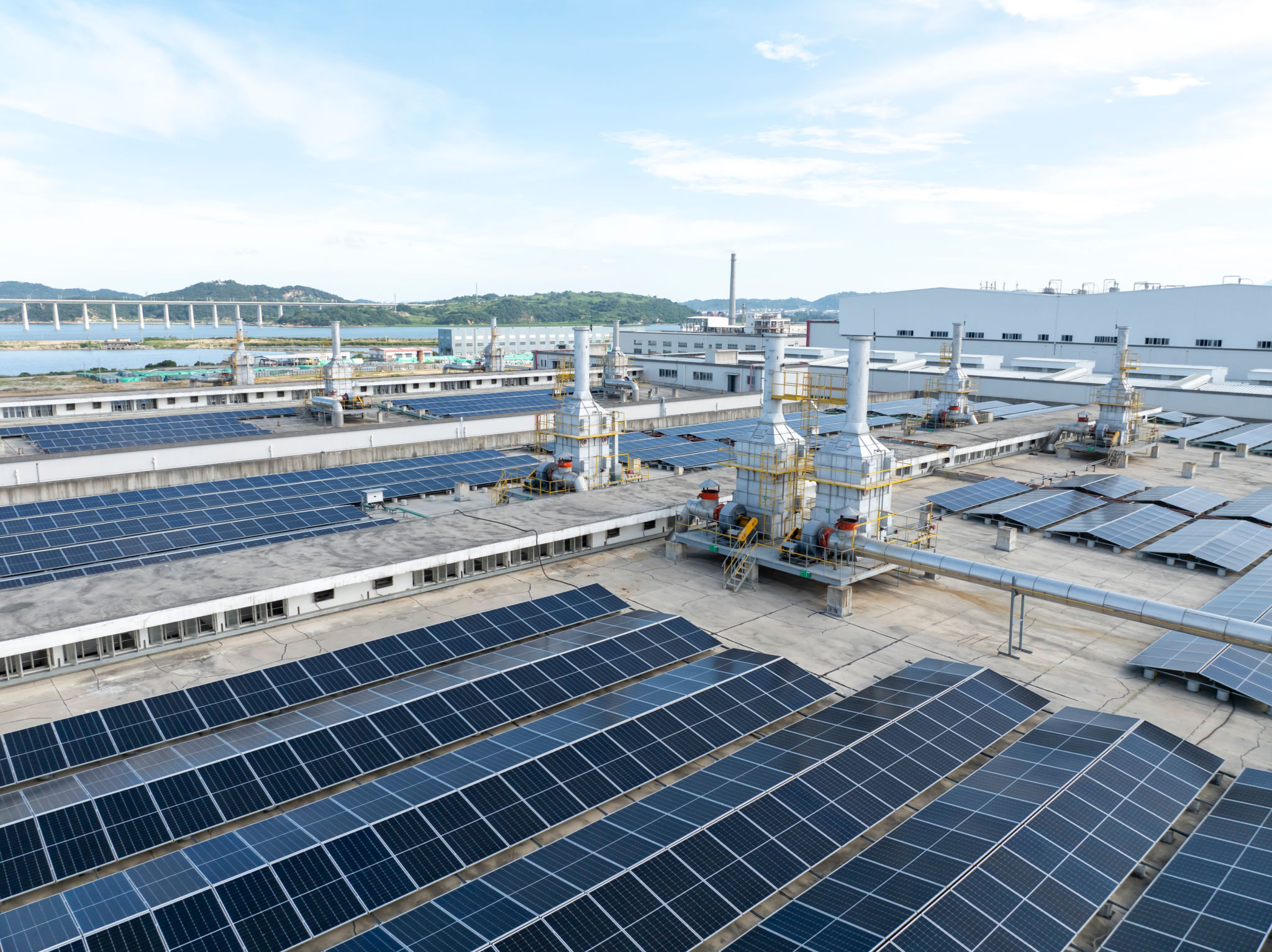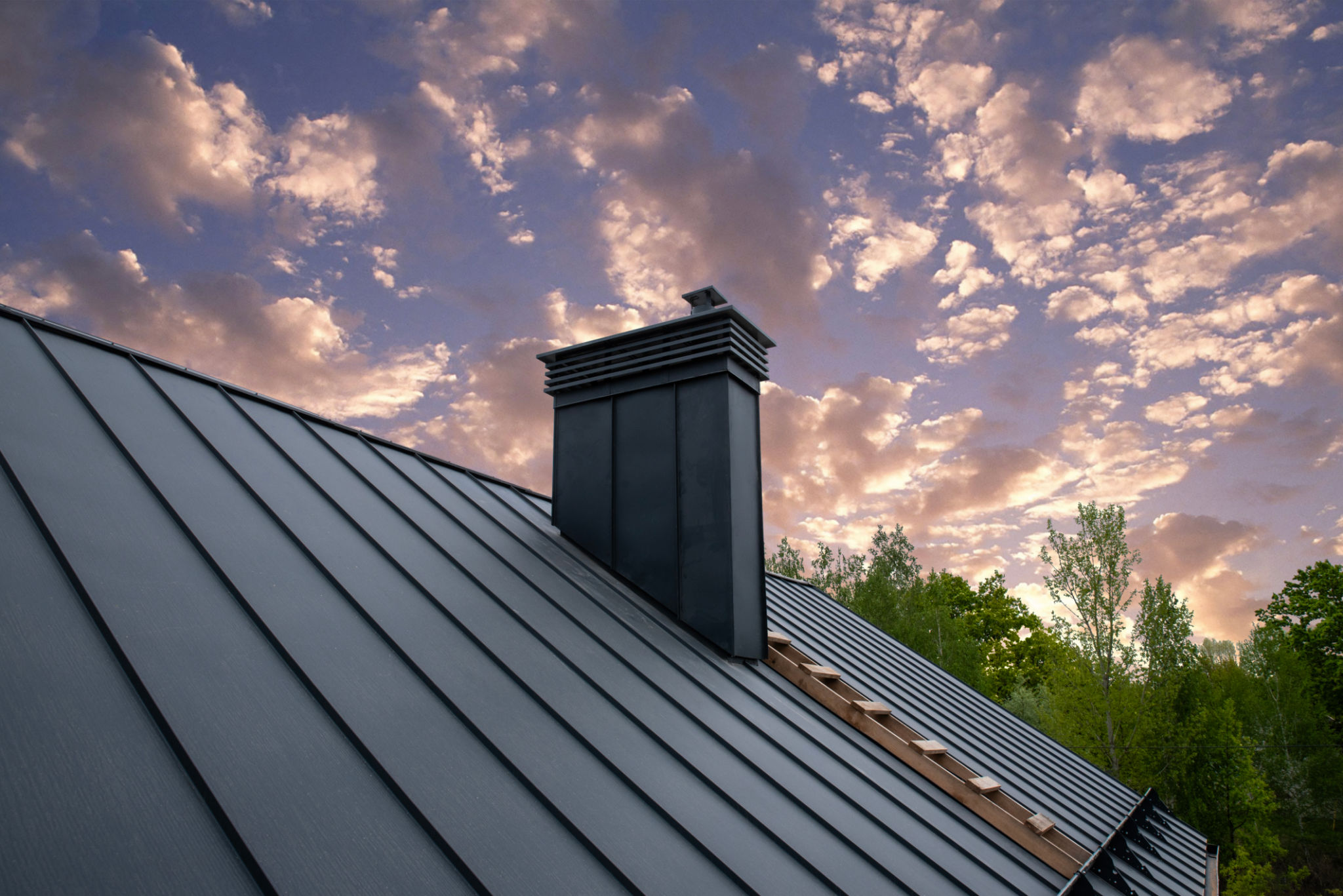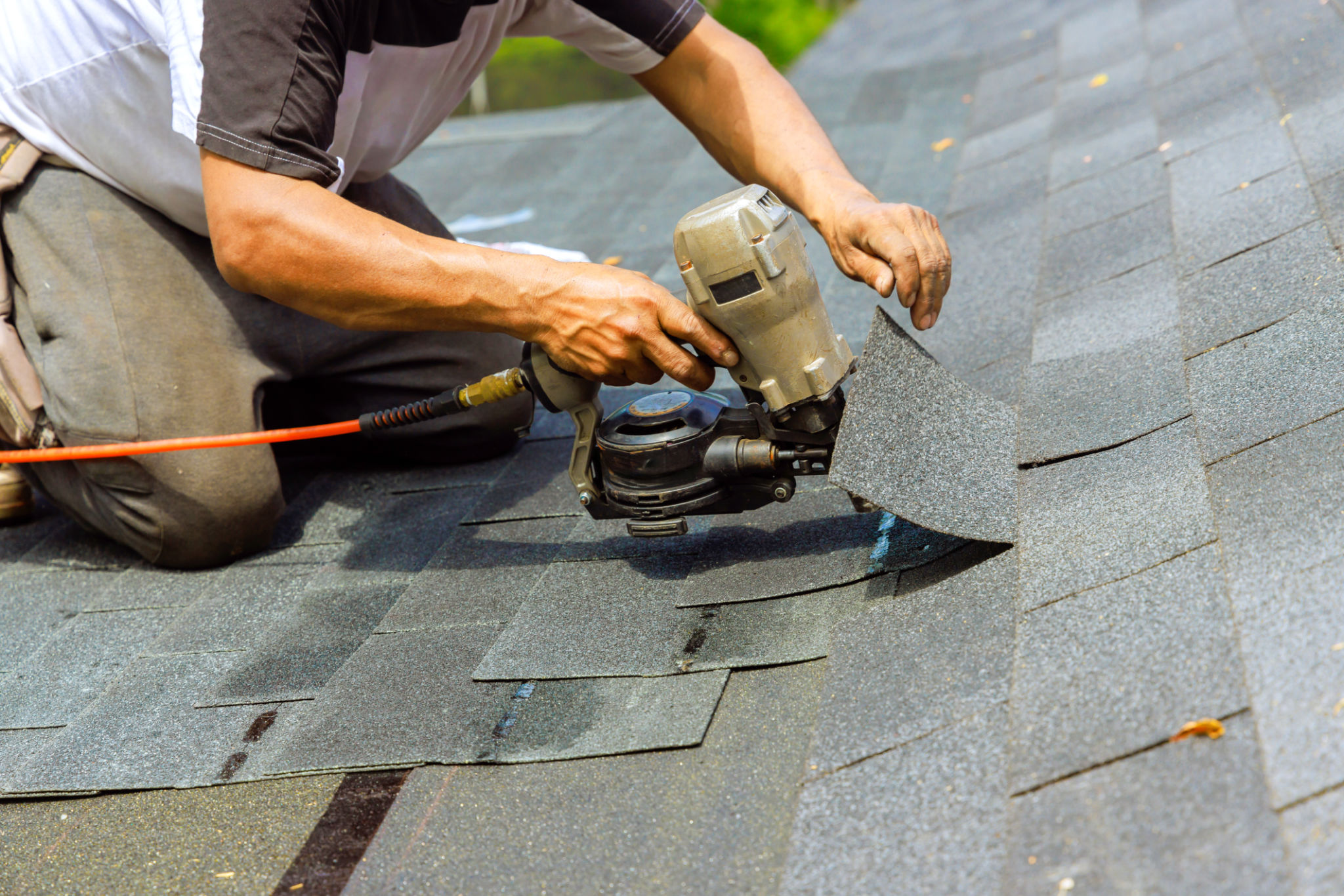Comprehensive Guide to Energy-Efficient Roofs in Ohio
Understanding Energy-Efficient Roofs
As homeowners become more conscious of their environmental impact and seek ways to reduce energy bills, energy-efficient roofs have surged in popularity. In Ohio, where climate fluctuations can be drastic, having a roof that helps maintain a stable indoor temperature is particularly beneficial. But what exactly makes a roof energy-efficient?
An energy-efficient roof is designed to reduce the amount of heat absorbed by the building, keeping the interior cooler in the summer and warmer in the winter. This not only helps in maintaining a comfortable indoor environment but also reduces reliance on heating and cooling systems, leading to lower energy costs.

Types of Energy-Efficient Roofing Materials
Cool Roofing
Cool roofing materials are specially designed to reflect more sunlight and absorb less heat than traditional roofing materials. These roofs are made using reflective paints, sheet coverings, or reflective tiles and shingles. In Ohio's summers, a cool roof can help keep your home significantly cooler.
Metal Roofing
Metal roofs are another excellent option for energy efficiency. They are durable, recyclable, and often come with reflective coatings that enhance their ability to deflect sunlight. Metal roofing can be an optimal choice for Ohio homeowners seeking sustainability and longevity.

Benefits of Energy-Efficient Roofs
The primary advantage of installing an energy-efficient roof is the potential for energy savings. By reducing the amount of heat entering the home, these roofs lower the workload on air conditioning systems during hot Ohio summers and minimize heating needs in the winter.
Additionally, energy-efficient roofs can improve the overall comfort of a home. With less temperature fluctuation, inhabitants can enjoy more consistent indoor climates year-round. This consistent temperature regulation also contributes to a longer lifespan for both the roof and the HVAC system.

Choosing the Right Roof for Your Home
When deciding on an energy-efficient roof, consider factors such as your home's architectural style, budget, and specific climate needs. It's essential to select materials that not only provide energy savings but also complement the aesthetics of your property.
Working with a professional roofing contractor can provide valuable insights into which materials will perform best for your specific situation. Many contractors offer energy audits that can help determine potential areas for improvement within your home’s energy efficiency.
Installation and Maintenance Tips
Proper installation is crucial for maximizing the benefits of an energy-efficient roof. Ensure that your roofing contractor has experience with energy-efficient materials and techniques. Regular maintenance is also essential to sustain the roof’s performance over time.
- Inspect your roof regularly for damage or wear.
- Clean gutters and downspouts to prevent water damage.
- Trim overhanging branches to minimize shade on solar-reflective roofs.
By following these tips, Ohio homeowners can ensure their energy-efficient roofs remain effective and continue to provide savings long after installation.

The Future of Energy-Efficient Roofing
The trend toward more sustainable living is only expected to grow, with advancements in technology offering new solutions for energy efficiency. Innovations such as solar-integrated roofing are becoming more accessible, allowing homeowners to generate their own renewable energy directly from their rooftops.
In Ohio, where energy costs are a significant concern, investing in an energy-efficient roof can make a substantial difference. Not only does it offer financial benefits, but it also contributes positively to environmental conservation efforts.
In conclusion, whether you’re building a new home or replacing an existing roof, considering energy-efficient options can lead to long-term benefits for both your wallet and the environment.